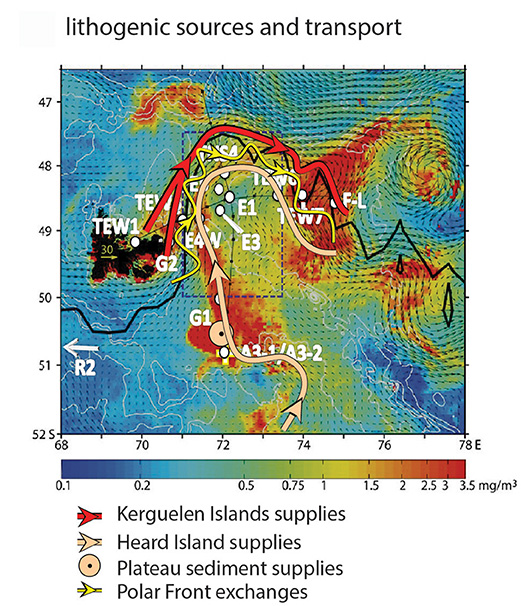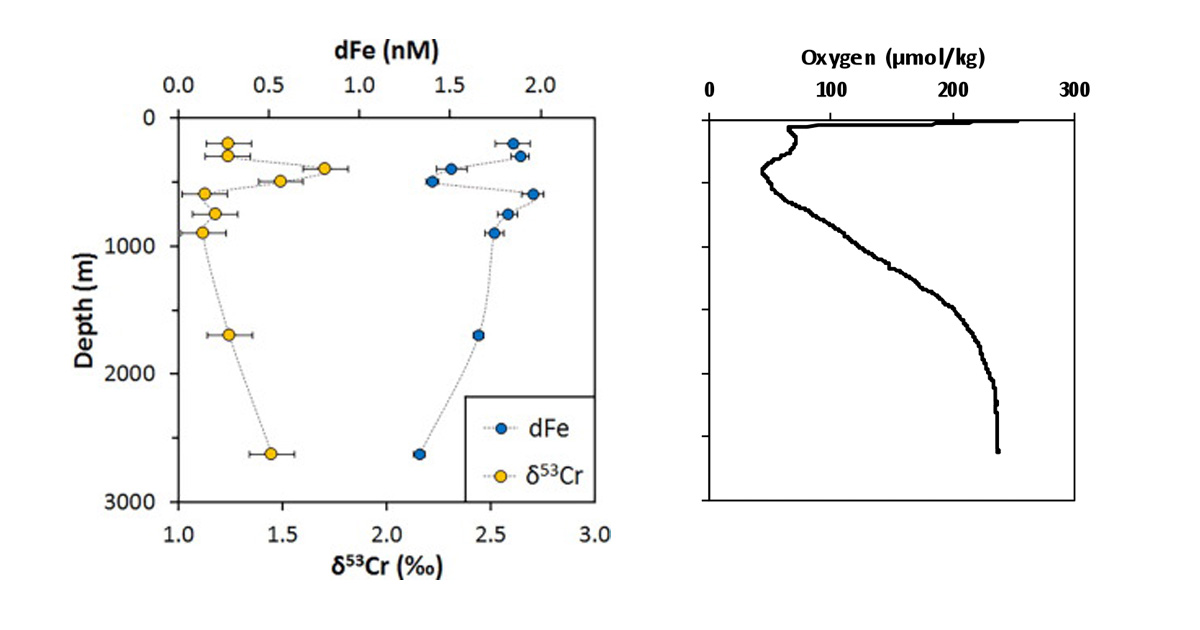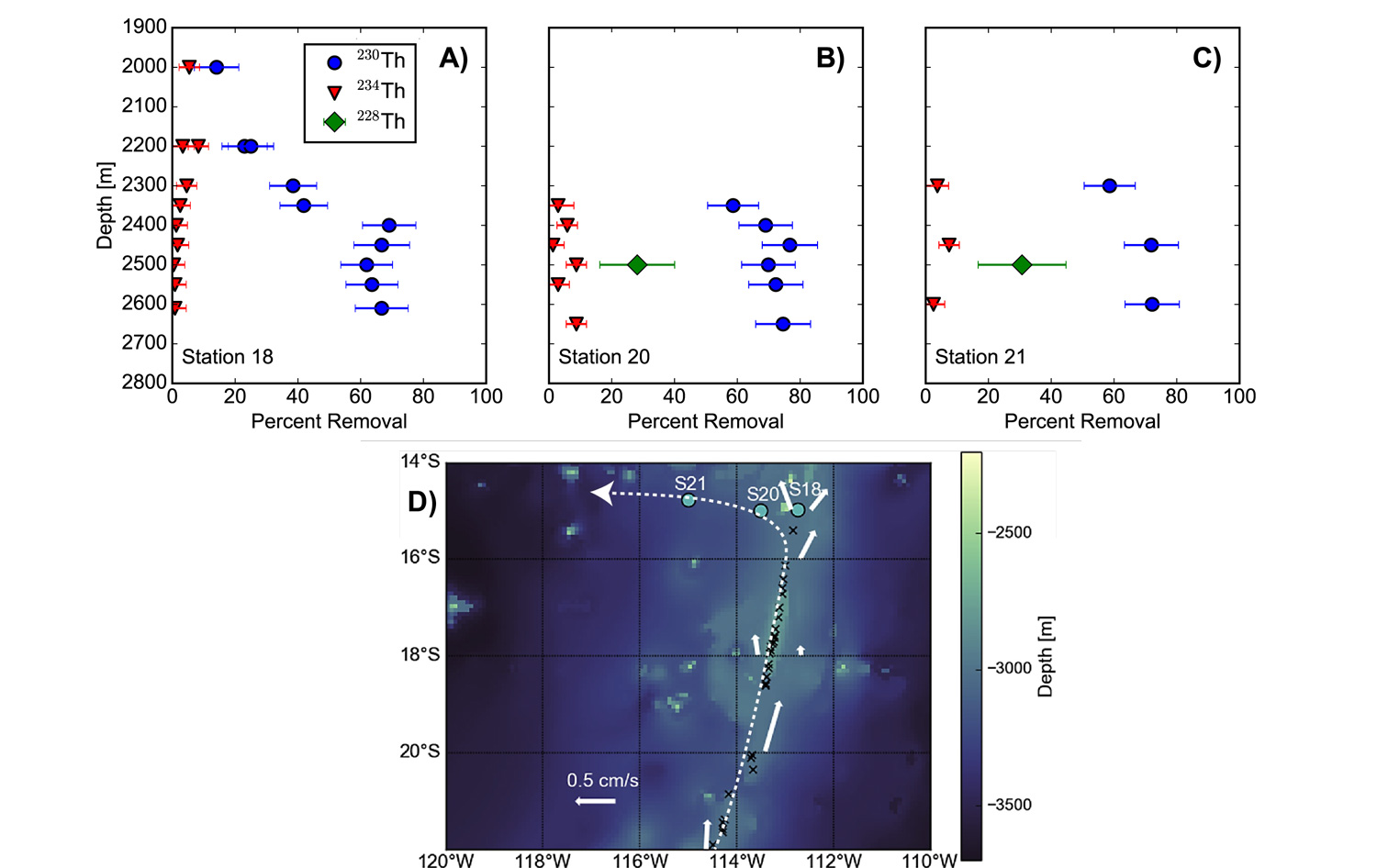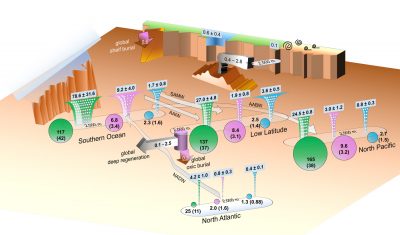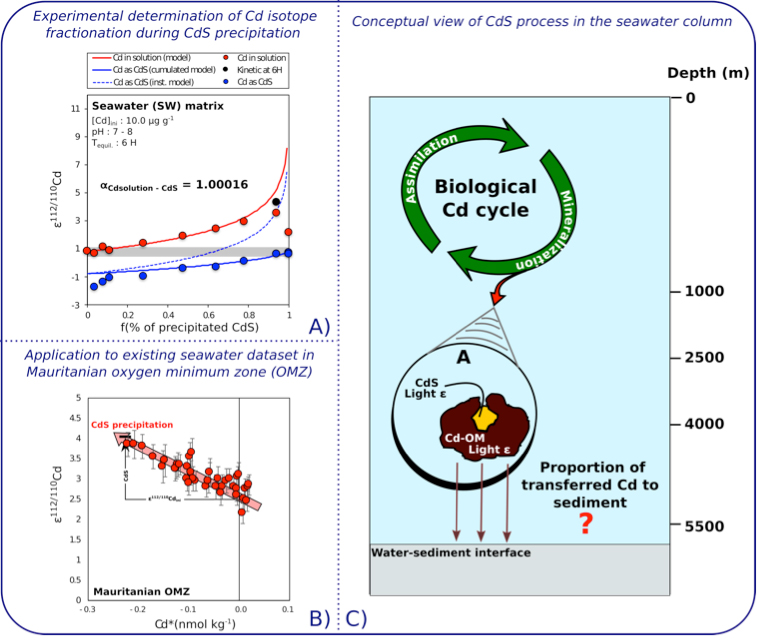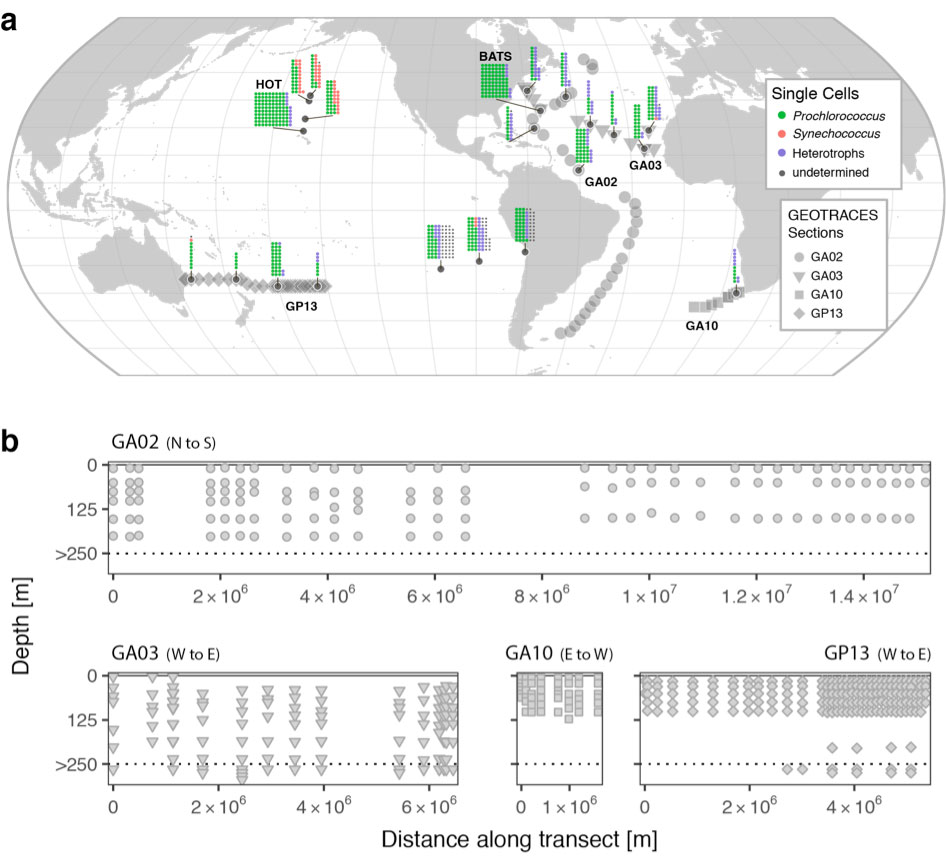More insights on the natural fertilization processes of the KERGUELEN plateau
Rare earth elements (REE) patterns and neodymium (Nd) isotopic signatures of filtered and unfiltered waters collected as part of KEOPS GEOTRACES process study (mostly KEOPS 2, data compared to KEOPS […]

